What’s in a Name? Revisionist History
In researching 1843 Canada East census database a message popped up when I was about to enter ‘race’ warning me that some terms might be considered offensive today. Library and Archives Canada defended that these terms have been retained, in the database, to ensure that attitudes and viewpoints are not erased from the historical record.
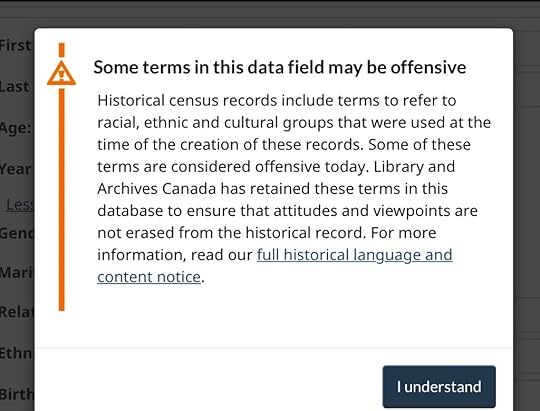
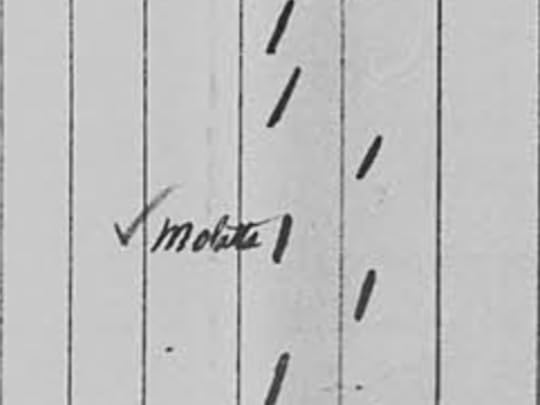 Mullato entry of my ancestor’s 1851 census
Mullato entry of my ancestor’s 1851 censusRevisionism is the theory or practice of amending one’s attitude to a previously accepted situation or point of view(1).
In 2020, the Quebec Government identified eleven places to be revised and renamed because they contained the N****word (2). Unfortunately, their decision to revise nomenclature threatens erasure of Black History.
Let me brief you with a few facts:
1—Slavery was legal in British North America (Canadian Colonies) until August 1, 1834 when ended by the Slavery Abolition Act of 1833 (4). The Act only emancipated children under age six. Others were to be retained, for up to six years as indentured apprentices, before receiving their freedom.
2—During the Independence Revolution of the American colonies, various British Royal Proclamations promised freedom and land for indentured servants and enslaved negroes of American Patriots in exchange for service to the British Army, in effort to undermine the economy of an American Republic(5).
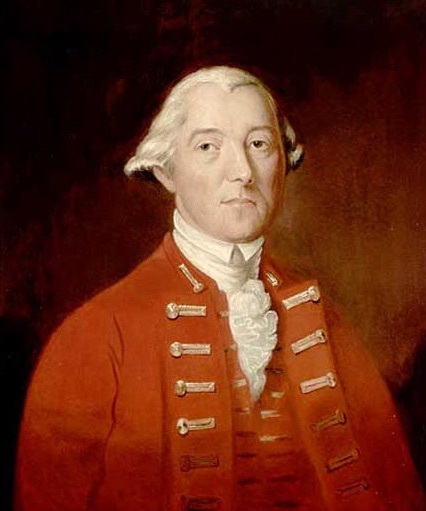
3—When the British evacuated the New American Republic, they evacuated thousands of formerly enslaved people, known as Black Loyalists. An inventory of these Free People of Colour was recorded in 2 ledgers, the Book of Negroes(6), commissioned by Sir Guy Carleton (Governor of British North America, 1785-95)
(Sir Guy Carleton, 1st Baron of Dorchester, 21st Governor of Quebec, 23rd Governor of the Canadas)
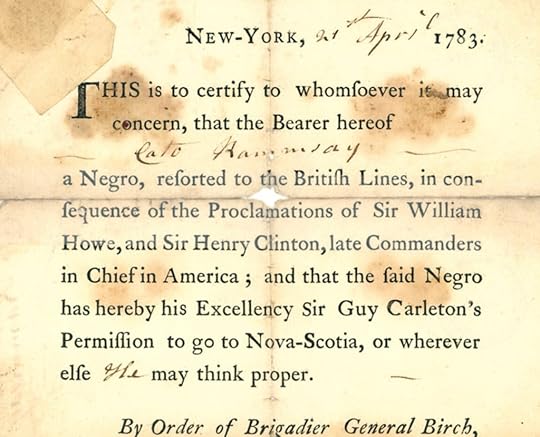
4—Tens of thousands of American colonists, loyal to the British Crown, migrated to British North America, primarily to present-day Ontario, Southern Quebec (Eastern Townships) and New Brunswick(7).
Many of these White Loyalist were farmers and business owner. Many also owned slaves who were not covered by the British Royal Proclamations. As a result, their workers remained ‘enslaved’ once in the Canadian colonies.
In the second parliament of Canada West (1797-1800) 14 of the 17 members were either slave owners or were from slave owning families(11). I will not discuss this peculiar situation in the Canadian colonies, whereby free property-owning Black farmers coexisted alongside enslaved Black workers of White farmers. However, I would venture this is why an ability to compromise is a Canadian value
A large Black population existed in the Canadian colonies, to be later augmented by an influx of up to 30,000 Black refugees from enslavement, known as the Underground Railroad.
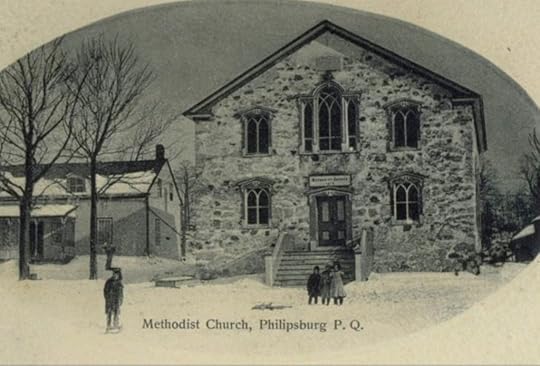
Near St. Armand Quebec is a cave that hid refugees of slavery, and the St.Philipsburg Methodist church (built 1819-to the left) that served as refuge for the Underground Railroad.(8)
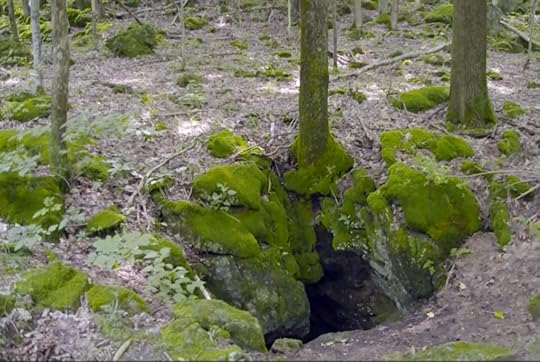
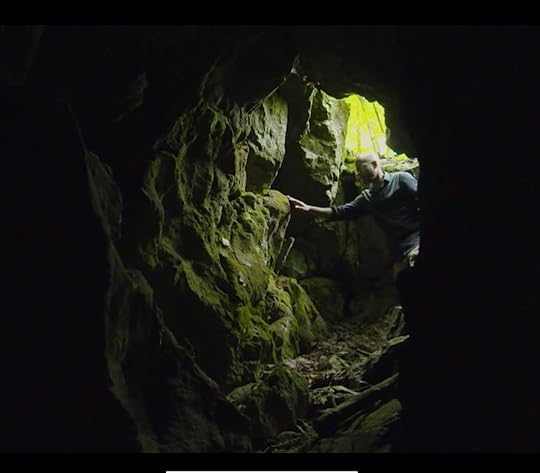 Refuge cave, St Armand, Quebec (8)
Refuge cave, St Armand, Quebec (8)Yet we know very little of Black history except through oral accounts, and geographic markers, linking to their location, incidents and experiences(8). Often this involved a racial identifier such as Negro, or the derogatory term N****.
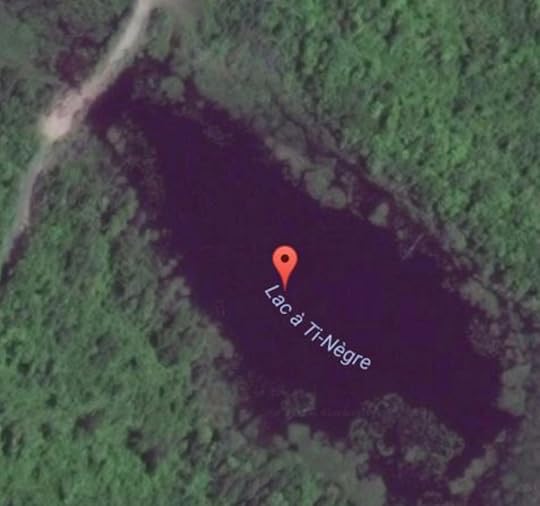
It should be noted that the French word Nègre, can be translated as both Negro and N****.
In 2017, the province of New Brunswick rescinded those geographic names contain the N**** replacing them with names of Early Black Loyalists(9)(10).
Regarding Quebec, however, as far as I can find, little has been done to resolve the issue of the names, except to remove them from maps, or rename them with unrelated references. Effectively this erases evidence of the pre-Confederation Black Community, much as already be done for White English history throughout the province. For example, Montreal’s Dorchester Blvd (Named after Sir Guy Carleton, commissioner of the Book of Negroes, Baron of Dorchester and Governor General of Canada) was renamed to Rene Levesque, a separatist Premier of Quebec in 1987.
Examples of N**** geographic terms, removed from Quebec’s maps, and now difficult to locate:
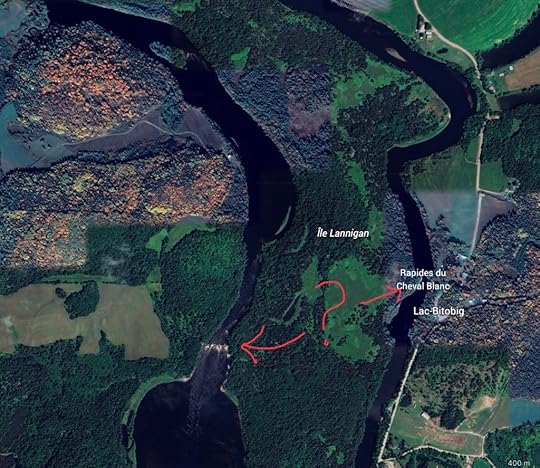
1-—N**** Rapids, on the Gatineau River, near Maniwaki, named after a black couple (unknown) that was found drowned here. Remains unnamed.
2—N**** River, tributary of the Tomifobia River, Eastern Townships, comes from a Black Family (1804) that farmed nearby. Renamed to Niger River in 2006.
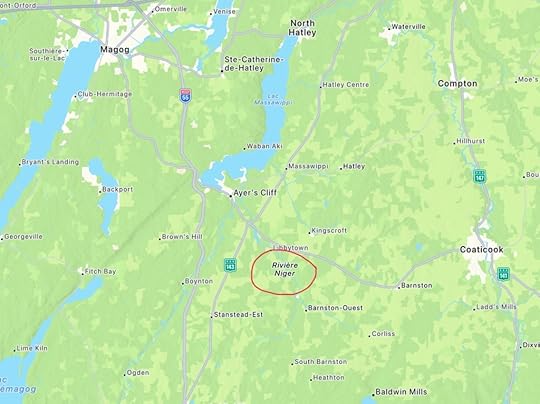
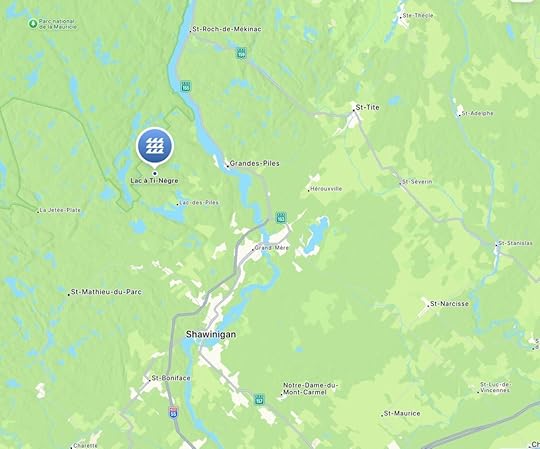
3—Lac a Ti-Nègre, near Shawinigan (also see above). Renamed, in 2015, Lac Honorè Gèlininas, in honour of the founding president of the Golden Age Club of Saint-Jean-des-Piles.
4—N**** Rock, slave and Black freemen cemetery near St. Armand, Eastern Townships. Accessibility limited since on private land.
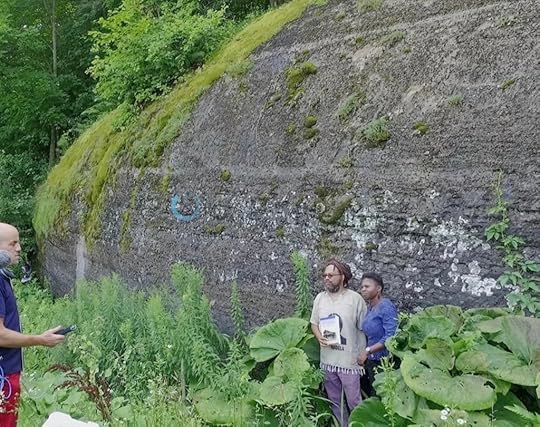
Regarding N**** Rock, Dan Philip, president of the Quebec Black Coalition maintains that “Changing the name won’t change its history”(3) and he wants the name to stand.
Canada is a diverse tapestry of contributing fibres that strengthen our fabric. It is important our pioneer settlers have proper acknowledgement for their contribution to our History and culture. Though the nomenclature is offensive, the naming did have historical meaning. I leave with you a challenge…
Which is of greater offence, the name or being removed from History?
Let us open our understanding, as done by the New Brunswick Compilation Project, and form a compromise acknowledging our past and what we’ve learned from it.
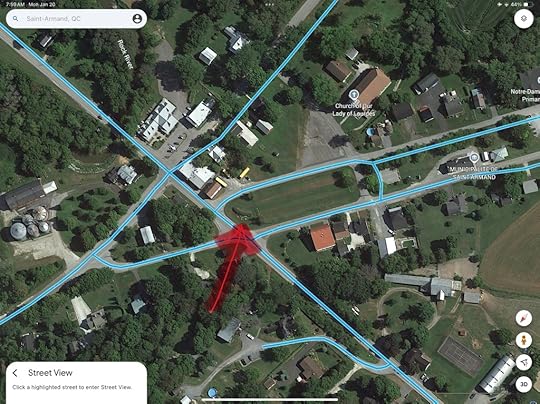 Google Earth location of St. Armand display
Google Earth location of St. Armand display 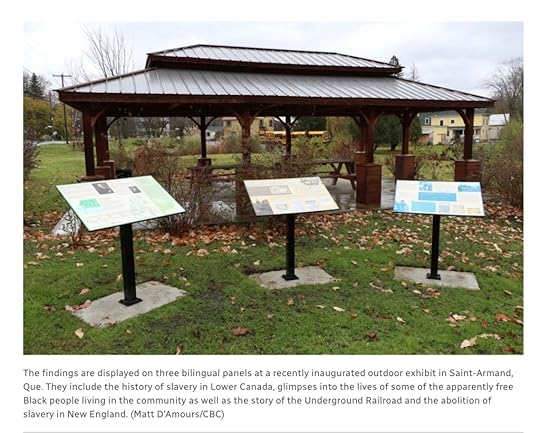 Modest display at St. Armand park (13)
Modest display at St. Armand park (13) References:
(1) Oxford Dictionary, Oxford Languages and Google
(2)The Push to Remove the N-Word name of English and French places in Quebec, July 1/20, cbc.ca
(3) Black rights group wants to formally recognize historic site with Racist name, Morgan Lowrie, Oct 2/16, cbc.ca
(4) Slavery Abolition Act, 1833, Natasha Henri-Dixon, Nov 5/2021, thecanadianencyclopedia.ca
(5)Lord Dunmore Proclamation(1775), Philipsburg Proclamation (1778)
(6) The Book of Negroes, Black Loyalists; Our History, Our people, BlackLoyalists.com
(7) Loyalists in Canada, Bruce G. Wilson, Aug 12, 2021, thecanadianencyclopedia.ca
(8) Ni**er Rock, Le Fabrique Culturelle TV, Tele-Quebec
(9) Geographic Place names changed as a part of Black History Complilation Project, Feb 28, 2012, New Brunswick, Tourism, Heritage and Culture
(10) New Brunswick renames 5 places with ‘Negro’ in their names, Feb 28, 2012, CTV news
(11) Black ENslavement in Canada, Natasha Henri-Dixon, Feb 9, 2022, thecanadianencyclopedia.ca
(12) Chloe Cooley and the 1793 Act to Limit Slavery in Upper Canada, citing: Robin W. Winks, The Blacks in Canada: A History. Montreal and Kingston: McGill-Queen’s University Press, 1997, p. 97., background to plaque unveiled,August 23, 2007, Ontario Heritage Trust and the Niagara Parks Commission, Heritagetrust.ontario.ca
(13) Black Cemeteries Force us to Re-Examine our History with Slavery, Charmaine A Nelson, Jan 30/2022, The Walrus



